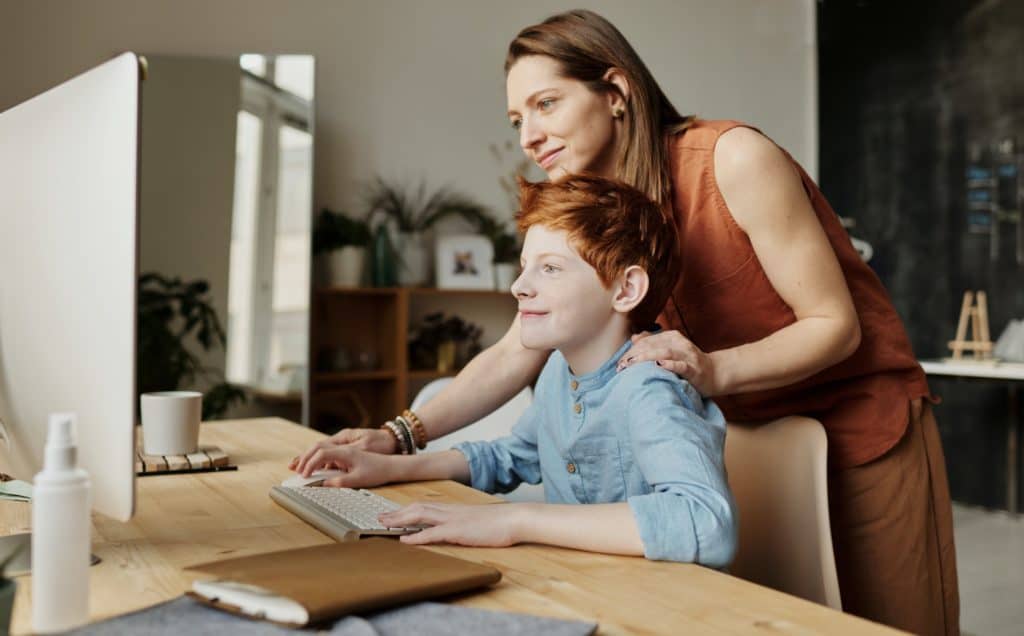We’re all struggling to figure out what the new normal will be. Are we returning to our traditional work site or still working from home? Are we venturing out and finding stores we typically shopped aren’t open, have reduced hours, or worse yet, a line to get inside.
We’re all struggling to figure out what the new normal will be. Are we returning to our traditional work site or still working from home? Are we venturing out and finding stores we typically shopped aren’t open, have reduced hours, or worse yet, a line to get inside.
As adults, we recognize the changes we are faced with and grapple with what this means for us. But have we truly taken into consideration what our children are experiencing? For normally developing children and adolescents, it’s been a challenge, but for younger children and children with developmental disabilities, they may not adapt as easily to the changes that are occurring around them.
Consider the feeling of returning to your workplace after you’ve spent the last two months at home with your child. While the idea of going back to the office might be a nice change to juggling work from home, it also brings a new level of stress— like getting everyone fed, dressed and out the door in the morning. You’ll likely experience some stress with this change and so might your children. Not only are they having to get up early and back into a different routine, they are also used to you being present all the time. While they might be excited to be back with friends, they may also experience periods of separation anxiety with a parent dropping them off at daycare and leaving. They may also struggle with changes that occur within the daycare/school setting, such as a teacher only being present for the morning session and someone new being there in the afternoon. Our young children or children with disabilities don’t understand these changes as easily.
It is helpful to find ways to help your child transition to these changes. One way is to make sure you are talking to your child the night before and the morning of, so they know what to expect. Visuals are also useful in helping them know what to expect next. Provide a simple, one-page sheet with a visual schedule of their day to include things like: school, recess, story time, lunch, nap and then parent pick-up. For things that you can set to a time, like a teacher transitioning out of the classroom, have the teacher give the child a verbal heads up with things like a Time Timer©, which allows you to set a silent, visual reminder when the teacher is leaving the room so they’re not surprised.
Alongside this, consider speaking with teachers or other parents about collectively speaking to all the school children to help explain what new procedures or “norms” they may have to acclimate to. By doing this, you can show a unified front to help ease everyone’s worries and avoid potential problems early.
By speaking with your children, you can help set expectations and ease anxieties about returning to school and the new normal. With simple things like writing a brief daily schedule, you can help prepare your child for the shock we will all surely feel returning back to life as we knew it.
To work with Greater Learning LP for speech therapy, occupational behavior therapy, bilingual speech services and more, visit us www.greaterlearninglp.com or you can call us at 210.349.1415.


0 Comments